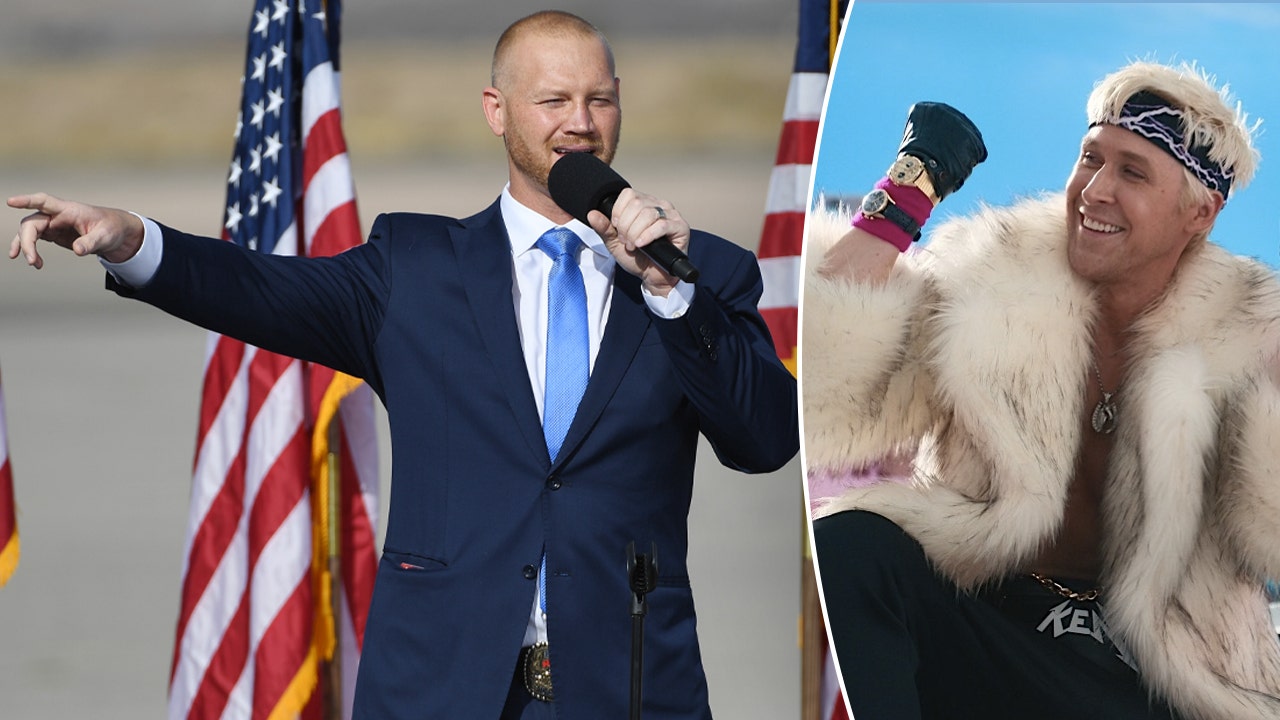Justice Amy Coney Barrett’s opinion was just a page long, all of two paragraphs. But in distancing herself from both blocs in Monday’s nominally unanimous Supreme Court decision rejecting a constitutional challenge to former President Donald J. Trump’s eligibility to hold office, she staked out a distinctive role.
Justice Barrett was the third of Mr. Trump’s appointees, rushed onto the court after the death of Justice Ruth Bader Ginsburg, arriving just before the 2020 election. But she is viewed as one of the more moderate members, relatively speaking, of the court’s six-member conservative supermajority. At oral arguments, she can convey a mix of intellectual seriousness and common sense.
In public appearances, she is adamant that the court is apolitical, though she sometimes says so in venues that undercut her message.
In 2021, for instance, Justice Barrett told an audience in Kentucky that “my goal today is to convince you that this court is not comprised of a bunch of partisan hacks.”
She was speaking at the University of Louisville’s McConnell Center, after an introduction by Senator Mitch McConnell, Republican of Kentucky and the minority leader, who helped found the center and was instrumental in ensuring her confirmation. Last year, she was the featured speaker at the annual gala of the Federalist Society, the conservative legal group.
At first blush, her concurring opinion on Monday was an act of solidarity with the liberal members of the court — and its other three women. Like them, Justice Barrett wrote that the majority had gone too far in the process of ruling that Colorado could not disqualify Mr. Trump from its primary ballot under Section 3 of the 14th Amendment, which bars officials who have sworn to support the Constitution and then engaged in insurrection from holding office.
“I agree that states lack the power to enforce Section 3 against presidential candidates,” she wrote. “That principle is sufficient to resolve this case, and I would decide no more than that.”
But the majority had decided much more than that, she wrote, by saying that detailed federal legislation is needed to give Section 3 force. Again, she was agreeing with the court’s liberal bloc.
“This suit was brought by Colorado voters under state law in state court,” Justice Barrett wrote. “It does not require us to address the complicated question whether federal legislation is the exclusive vehicle through which Section 3 can be enforced.”
Having established that she sided with her liberal colleagues on the substance of what they had to say, she questioned their tone, calling it strident. Members of the court who disagree with the majority, she said, face a choice, adding that her colleagues had made the wrong one.
“In my judgment, this is not the time to amplify disagreement with stridency,” she wrote.
It is true that the joint concurring opinion from the three liberals — Justices Sonia Sotomayor, Elena Kagan and Ketanji Brown Jackson — contained some sharp jabs, including quotations from opinions in Bush v. Gore, the decision that settled the 2000 election, and Dobbs v. Jackson Women’s Health Organization, which eliminated the constitutional right to abortion.
But the joint concurrence was not especially harsh by the standards of recent dissents. Indeed, though it had apparently begun as partial dissent, it was presented as an opinion concurring in the judgment, meaning it accepted the majority’s bottom line but not its reasoning.
Still, Justice Barrett seemed to think her colleagues had crossed a line, at the expense of the court and the nation.
“The court has settled a politically charged issue in the volatile season of a presidential election,” she wrote. “Particularly in this circumstance, writings on the court should turn the national temperature down, not up.”
Then she spoke to the nation.
“For present purposes,” she wrote, “our differences are far less important than our unanimity: All nine justices agree on the outcome of this case. That is the message Americans should take home.”






